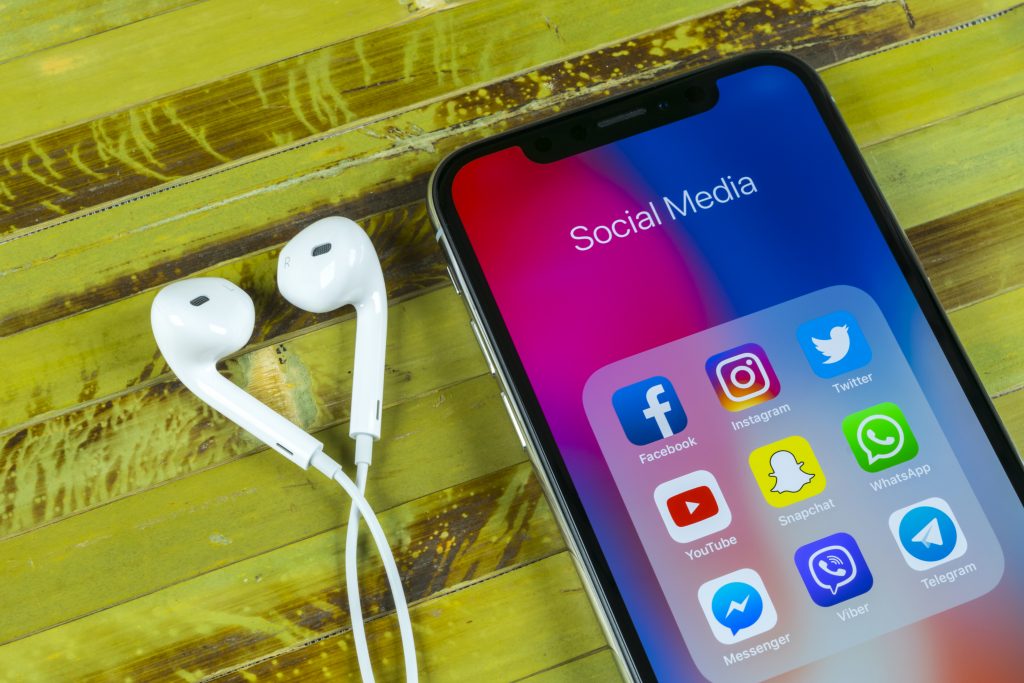
Experts including Mark Zuckerberg say 2020 is the year social media becomes less social and more private. What are these social media trends and channels for 2020, and how will they affect business?
A Hootsuite study highlighted these five trends:
1. Social media networks are doubling down on one-to-one channels. This means marketers are personalizing and customizing their efforts by truly getting to know their customers. An excellent example of this is a “Suggestions for you” message on an online website. Amazon does this exceedingly well with the “Customers Also Bought” pop-up suggestion.
2. Employers must use social media to amplify employee trust & pass it along to consumers.
3. New trends show that TikTok growth may be declining, so marketers should approach new apps with caution.
4. Marketers feel threatened by a decrease in organic reach (which is the number of eyes that have seen a post without using paid social). As a result, they must juggle short-term sales and long-term brand building.
5. There is a gap between tools existing to meet the demand of social and the skills of marketers. In other words, the tools are there but people may not possess the knowledge on how to use them.
Social Media Trends with Fast Company:
Hootsuite CEO Ryan Holmes predicts there will be more private messaging and one-to-one platforms this year. He also notes how companies are speaking out on social media channels. This is an important change because people are now more interested in companies that support their values; therefore, silence is no longer a viable option. Holmes also notes the recent trend that “encourage(s) users to engage with videos and photos on their own merits, rather than simply following the herd.” To conclude he brings to attention how ads may reach a breaking point. Users are overloaded by apps and 86 million users now use ad-blocking software, which is used on $20 billion worth of ads in the U.S. annually.
Social Media Channels:
It is important to have a presence on all or most channels to diversify your repertoire and reach various groups. However, what works for one channel may not work for another. Here are some of our suggestions, with help from Search Engine Journal.
- Facebook- tried and true. No matter what industry you are in, you should have a FB account.
- Twitter- it is a nonstop conversation! This article from Search Engine Journal encourages your business to get to tweeting if you are in marketing, entertainment, sports, or politics.
- LinkedIn- useful if you are looking for professionals to hire, partner with, etc.
- Instagram- especially beneficial for product-based businesses, influencers, and coaches. The shoppable posts feature added in 2018 has increased product-based business most notably. FYI- 63% of users are between the ages of 18 to 34, so take this into consideration when forming your audience.
- Snapchat- definitely a go if you have a much younger target audience. Best for behind-the scenes, user-generated content.
- Pinterest- if your audience is predominantly female and/or if you utilize lots of visual interest.
- Reddit- has forums dedicated to a vast array of topics. Here it is all about finding the niches where your potential customer is active.
What now?
The Porch encourages you to first solidify your presence on channels and then decide what works best for your business. If you are flourishing on a particular channel, you may want to consider doubling down on your socials for that channel.
This provides more value to the consumer and helps you expand your reach. As business becomes more customer-focused, it is vital to stay up to date on the latest social media trends and channels for 2020. As marketers, we will never cease to stay ahead of the curve, putting all efforts towards meeting our customers when and where they need us.








